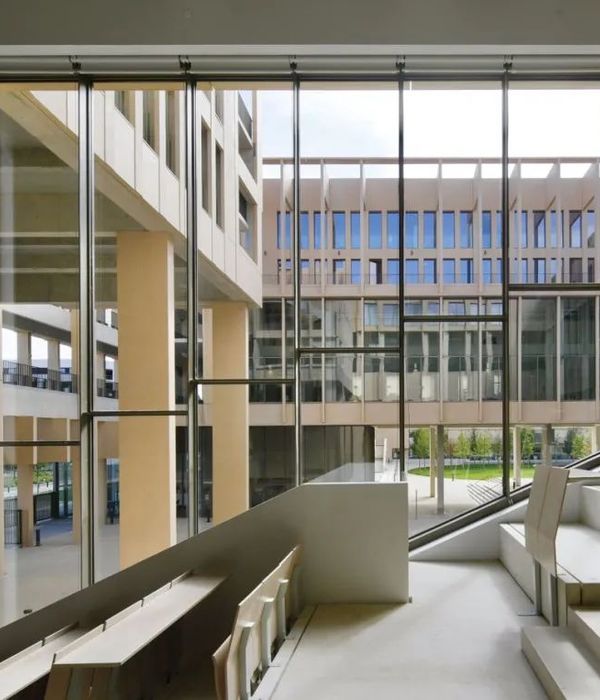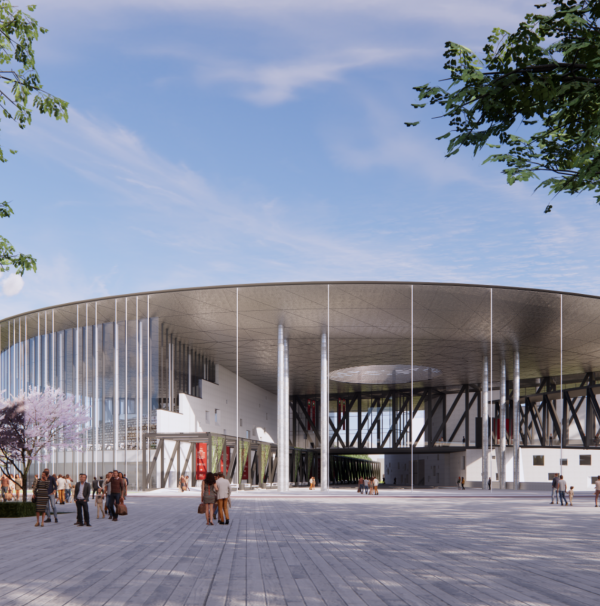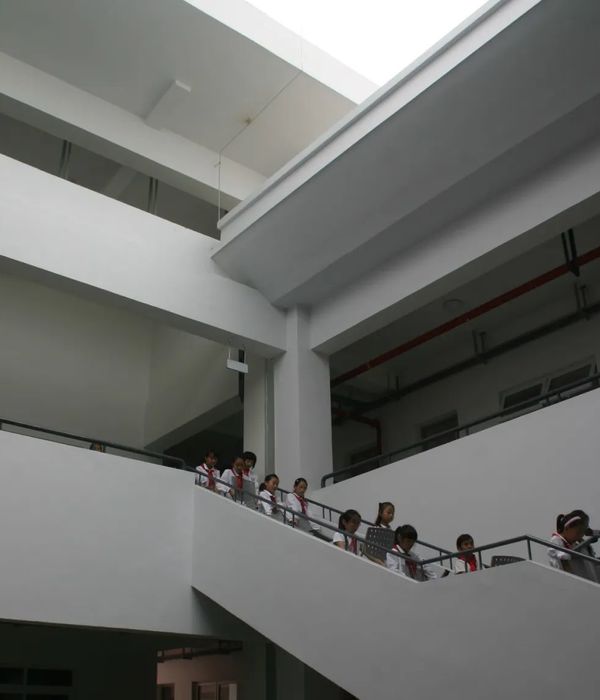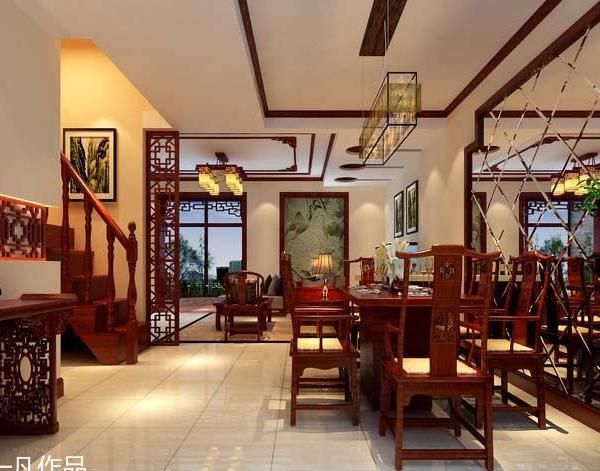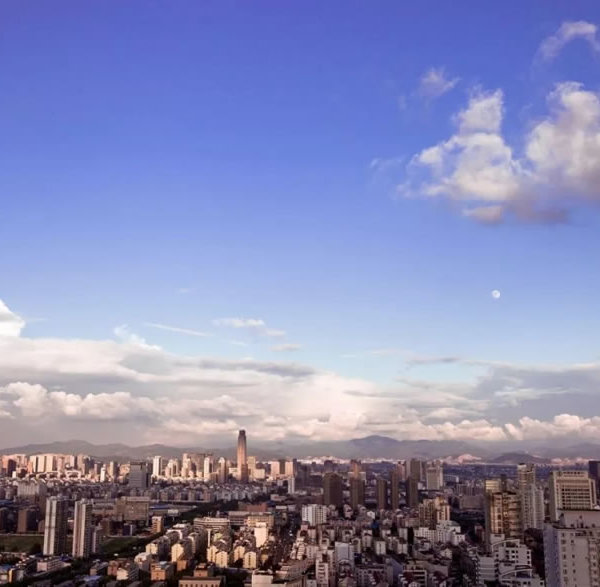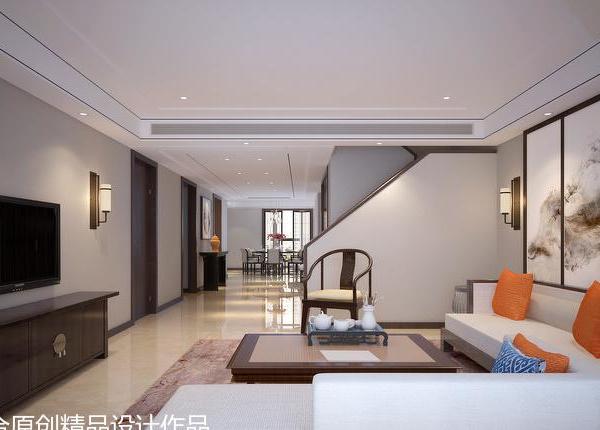架构师提供的文本描述。在Uritorco山脚下,这座石头和混凝土的房子作为一种装置升起,通过它可以观察山中不断变化的景象。
Text description provided by the architects. At the foot of Uritorco Hill, this stone and concrete house rises as a device through which to contemplate the changing spectacle of the mountain.
环境
The environment
这个项目的主题也许是回归,我的父母回到他们童年的村庄,一个非循环的回归记忆和鬼魂,虽然他们有时是不可避免的,但开放寻找的起源和身份作为一个平台来发现未来和漂泊,以满足其他观点,失去的道路没有旅行。
The theme of the project is perhaps return, the return of my parents to the village of their childhood, a non-circular return to memories and ghosts, although they are sometimes inevitable, but open to the search of the origin and identity as a platform to found the future and drift, to meet other views, of lost roads not travelled.
Deleuze和Guattari州:“有时候,老年赋予的不是永恒的青春,而是一种主权自由,是一种纯粹的必要,在这种自由中,人在生与死之间享受着恩典,机器的所有部分都适合于向跨越时代的未来传递信息。”
Deleuze and Guattari state: "sometimes it happens that old age grants, not an eternal youth but a sovereign freedom, a pure necessity where one enjoys a moment of grace between life and death, and in which all parts of the machine fit to send a message to the future that spans the ages."
© Sosa Pinilla
(Sosa Pinilla)
这个项目经过多次绘制和模糊,直到达到一个简单的想法:物质的严重性被挖掘,以促进这一事件的空间,准确的场景的恩典时刻。功能分配伴随着这一概念,为家庭活动的发展留下了必要的限制,其余的空间合并为一体。因此,这座房子变成了一堵穿孔的墙,用来观察Uritorco和它周围的景观,这堵墙是用来沉思的,在山顶上是人造自然的失败,就像所有的技巧一样,它不会隐藏它对另一种性质的笨拙和不完美的姿态:无限的运动和循环的仪式。
The project was drawn and blurred many times until reaching a simple idea: the gravity of matter is excavated to promote a space for this event, the precise scenario for the moment of grace. The functional distribution accompanies this concept, leaving the necessary limits for the development of domestic activities, the rest of the spaces merge into one. Thus, the house becomes a perforated wall to look at the Uritorco and its surrounding landscape, a wall that serves for contemplation, which arises as a failure of artificial nature on the crest of a hill, and like all artifice does not hide its clumsy and imperfect gesture against another nature: that of infinite movements and cyclic rituals.
© Sosa Pinilla
(Sosa Pinilla)
拼墙
Spelling the walls
所有的墙壁在某种程度上都是不完整的文本,并不断地被天气的随机标记和符号重写,而光的旋转则会对这些标记和符号进行解码。
All walls are somehow incomplete texts and are continuously rewritten by the random marks and signs that the weather prints on them, and which the rotation of light decodes.
在科尔多瓦有许多墙,在石头上有文字,它成为耶稣社会的墙,俯瞰卡塞罗斯街,当它从西方获得阳光时,你会感到不安,门口的海报上写着:“天堂之门”。或者是旧金山教堂的另一个。就像。街道,看上去像一幅塔皮壁画,沾满了长期潮湿的黑色薄片,总是在变化。也许在开发项目时要考虑到这些图像,这就是为什么所选择的材料被自然地暴露出来的原因,这样严酷的山区气候就能使它们最终完成。
In Cordoba there are many walls as this, there is the text on the stone which becomes the wall of the Society of Jesus that overlooks Caseros street, disturbing when you it gets sun from the west, with that poster in a doorway that says: "gate of heaven". Or that other one on San Francisco church on Bs. As. street, which looks like a Tapies mural, stained with a black patina of longstanding moisture, always changing. Perhaps having these images in mind when developing the project, is the reason why the chosen materials are exposed naturally, so that the harsh mountain climate can give them their fin
© Sosa Pinilla
(Sosa Pinilla)
我们寻找两种类型的石头,一种是附近河床上的灰色,一种是房子的主棱镜。这座房子是用水平板制成的模板,里面装满了混凝土,留下了所有过程的痕迹,木材痕迹,石头,红色氧化物线,标志着不同铸型的水平。我们喜欢认为,房子的墙壁在某种程度上构成了河床的非属地化,一条垂直的河流,在那里混凝土被表示为一种静止的液体。与该地区采石场的红石墙形成鲜明对比的是,它定义了室外地区的住宅边界,而室外地区从来不触及房屋作为废墟。仅此而已,其余的人都在读罗米里奥·里贝罗(Romilio Ribero),他也许是来自科尔多瓦的最好的诗人之一,他拥有解释崎岖山景奥秘的天赋。你可以说,这是一个强烈诱惑存在的项目。
We searched for two types of stone, one gray from a riverbed nearby, for the main prism of the house, which was built with formwork made of horizontal boards and filled with concrete, leaving all signs of the process in sight, the wood tracks, the stone, the red oxide lines marking the levels of the different casts. We like to think that somehow the walls of the house make up a de-territorialization of the riverbed, a vertical river, where the concrete is expressed as a static liquid. In contrast to a wall of red stone from a quarry in the area, which defines the domestic boundary from the outdoor areas, which never touches the house as a ruin. That was all, the rest was reading Romilio Ribero, perhaps one of the best poets who from Córdoba, owner of the gift of interpreting the mysteries of the rough mountain landscape. You could say it was a project that was strongly tempted to exist.
GillesDeleuze-FelixGuattari“Quées la filosofía?”编辑Anagrama-巴塞罗那1993-
 Gilles Deleuze – Felix Guattari “¿Qué es la filosofía ?” Editorial Anagrama – Barcelona 1993-
Architects Marchisio Nanzer
Location Punilla Department, Argentina
Category Houses
Project Area 144.0 m2
Photographs Sosa Pinilla
{{item.text_origin}}

